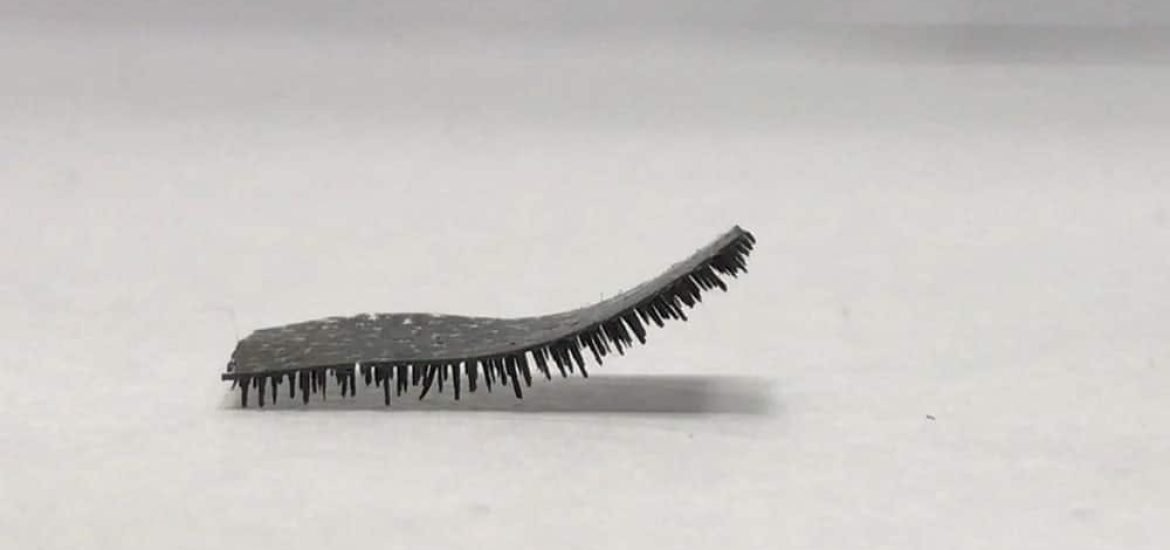
New findings published on 26 September in Nature Communications detail what the authors refer to as a “bioinspired multilegged soft millirobot.” The robot’s design allows it to adapt to harsh environments and move at ultrafast speeds and it can even make its way around obstacles. The incredible carrying capability, efficient locomotion, and excellent obstacle-crossing ability make the milli-robot well suited to performing tasks in harsh environments, such as delivering drugs to the digestive system or medical examinations.
Robots are typically rigid structures but a new generation of soft robotics has paved the way for a wide range of novel applications. Moreover, this intriguing new category of soft milli-robots is inspired by nature, in particular, multi-legged animals that can adapt to complex terrain. The main advantage of the newest addition to the family, developed by a team of researchers led by the City University of Hong Kong, is its ability to withstand harsh conditions, including highly humid and liquid environments. This makes it well suited to both industrial and biomedical applications.
The small and nimble millirobot can function under wet and dry conditions and according to the researchers, still retains “excellent locomotion and deformability, heavy carrying capability, efficient locomotion ability, and over-obstacle ability.” This is achieved by its unique design. The robot measures around 17 mm wide by 7 mm long by 150 μm thick and is made of polydimethylsiloxane (PDMS) ― a hydrophobic (repels water) silicon-based material ― embedded with magnetic particles. This enables the robot to be controlled remotely by applying a dynamic electromagnetic field. The speed of the robot is altered by varying the applied electromagnetic frequency.
The tiny robotic critter has pointed legs― only half a millimetre long― which reduces its contact area with a surface and therefore reduces friction. The team showed the multi-legged robot generates 40 times less friction than a limbless robot in both wet and dry environments and can manoeuvre itself over obstacles ten times higher than its leg length. The robot uses its deformable soft legs to lift up one end of its body forming an angle of up to 90-degree to easily cross the obstacle. In addition, the robot has strength comparable to the mighty ant and is capable of carrying loads 100 times heavier than its own weight.
The study has shown the potential of using the robot for in vivo biomedical applications by demonstrating locomotion on a human stomach-like structure. Furthermore, the immense load carrying ability of the teeny robot could allow it to be used in drug delivery applications. Before the robot can be tested in animals, and eventually humans, the researchers need to find the right biodegradable material, optimise the robot’s shape and add some additional features. But they are hoping to create a biodegradable version of the robot over the next two to three years that would naturally break down in the body once it has successfully delivered its cargo.
(1) Lu, H. et al. A bioinspired multilegged soft millirobot that functions in both dry and wet conditions. Nature Communications (2018). DOI: 10.1038/s41467-018-06491-9
Image source: Lu, H. et al., Nature Communications (2018).
Nice read!
However, caterpillars have only six legs.
Thanks for your comment! Yes, you are right. Caterpillars do have only six “true” legs but they do have many more prolegs emerging from the abdomen that function just like legs.